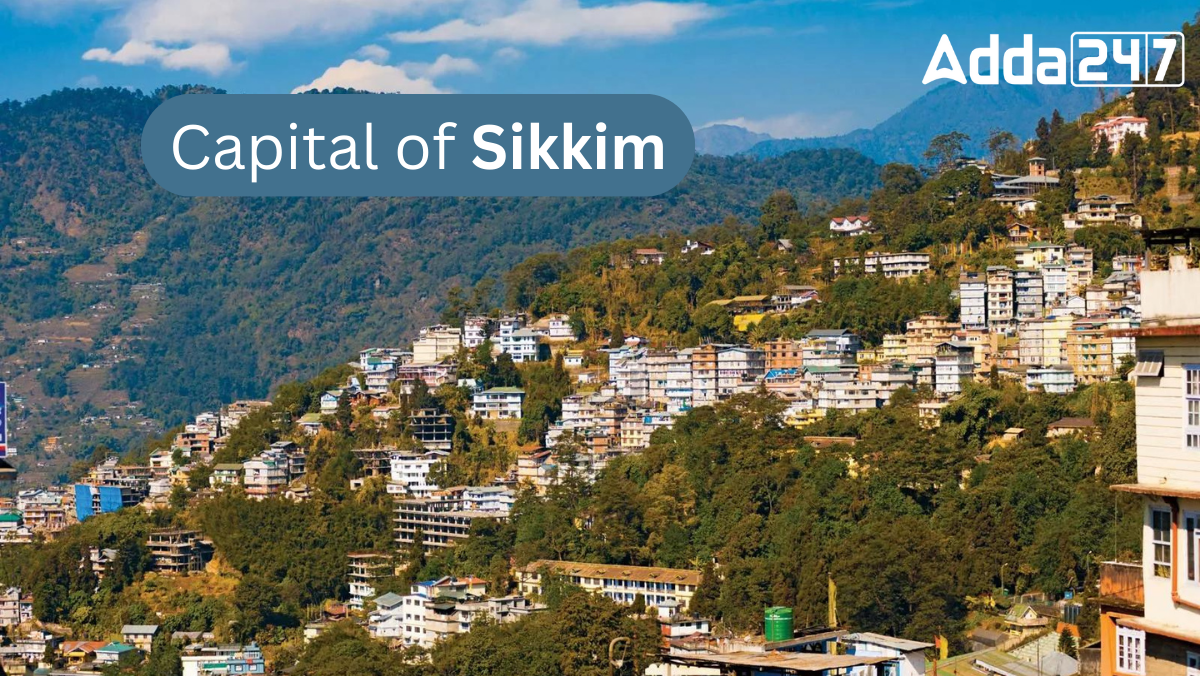Gangtok, the capital of Sikkim, is not only the largest city in the region but also the heartbeat of the Himalaya paradise. Nestled in the Eastern Himalayas, Gangtok is a place of immense cultural diversity, natural beaty and historical significance. This article explores various facets of Gangtok and the broader context of Sikkim, shedding light on the unique charm and importance of this stunning destination.
Capital of Sikkim, Gangtok
Gangtok is a city that thrives on diversity. Its inhabitants come from various ethnic backgrounds, including Lepchas, Bhutia and Gorkhas, creating a rich tapestry of traditions, languages and lifestyles. This harmonious blend of cultures is a defining characteristic of the city and adds to its charm.
Sikkim’s Capital – Tourism Hub
The tourism hub industry in Sikkim heavily relies on Gangtok. Travelers from all over the world are drawn to the city’s natural beauty, making it a hub for ecotourism. The region offers a plethora of outdoor activities such as river rafting, mountaineering and trekking, making it a haven for adventure enthusiasts. Most of the local population is employed in the tourism industry, underlining its significance for the local economy.
The Capital of Sikkim – Historical Trade Route
Gangtok has a rich history, dating back to the time when it served as a major trade route between Calcutta and Tibet during the British colonial period. This historical significance has left its mark on the city, with a blend of British colonial architecture and traditional Tibetan influences.
Capital of Sikkim – Buddhist Pilgrimage
Sikkim, with Gangtok as its capital, is an important site for Buddhist pilgrimage. The Namgyal dynasty founded the Kingdom of Sikkim in the 17th century and the Chogyal served as the Buddhist priest-kings. Even today, monasteries and stupas dot the landscapes, attracting both pilgrims and tourists in exploring the spiritual side of the region.
Sikkim’s Capital – Economic Activities
Gangtok has a thriving handicrafts industry, along with a cottage industry and a country-made alcohol industry. These provide livelihoods for many local residents and offer visitors a chance to take home unique souvenirs.
An Overview of Sikkim

Gangtok may be the capital, but the entire state of Sikkim is a treasure trove of wonders. Here are some key facts about Sikkim:
- Sikkim remained an independent monarchy until it untiled with India in 1975, becoming the 22nd state of the Indian Union.
- Sikkim shares its borders with the Indian state of West Bengal and internationally with Nepal, Bhutan and the Tibet region of China, adding to its geopolitical significance.
- In 2018, Sikkim celebrated the inauguration of its first airport, the Pakyong airport, the only one in the state and the first greenfield airport in Northeast India.
- Khangchendzonga National Park covers around 35% of Sikkim’s geographical area and is a UNESCO World Heritage Site, home to incredible biodiversity.
- Sikkim is a multilingual state with English, Lpecha, Sikkimese and Nepali as its official languages. Several other languages, including Tamang, Sherpa, Rai, Newari, Mukhia, Magar, Limbu and Gurung, are also spoken by various communities.
- Vajrayana Buddhism and Hinduism are the main religions followed in Sikkim. The state’s economy is primarily dependent on the tourism and agriculture industries, with Sikkim being a significant producer of spices and cardamon.
Find More General Studies News Here




 Which Indian City is Known as the Footwe...
Which Indian City is Known as the Footwe...
 Which Desert is known as the Cold Desert...
Which Desert is known as the Cold Desert...
 Top-10 News Media Companies in the World...
Top-10 News Media Companies in the World...







